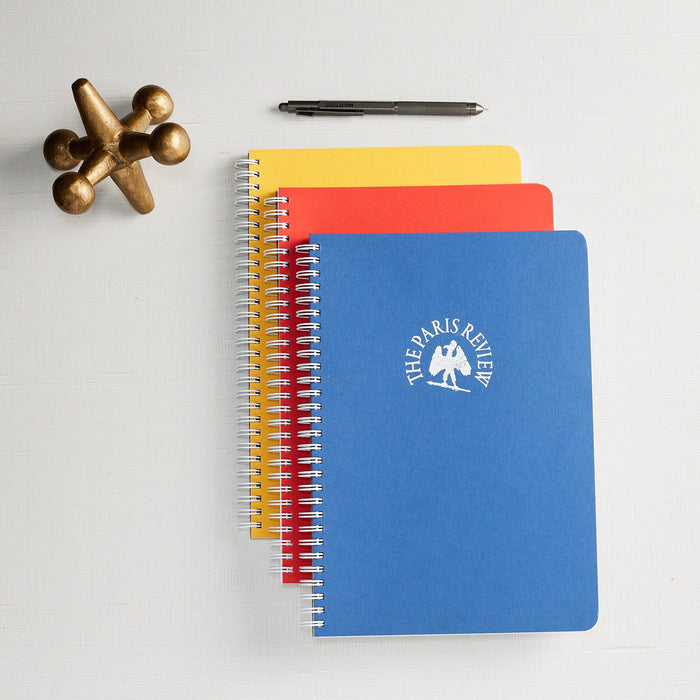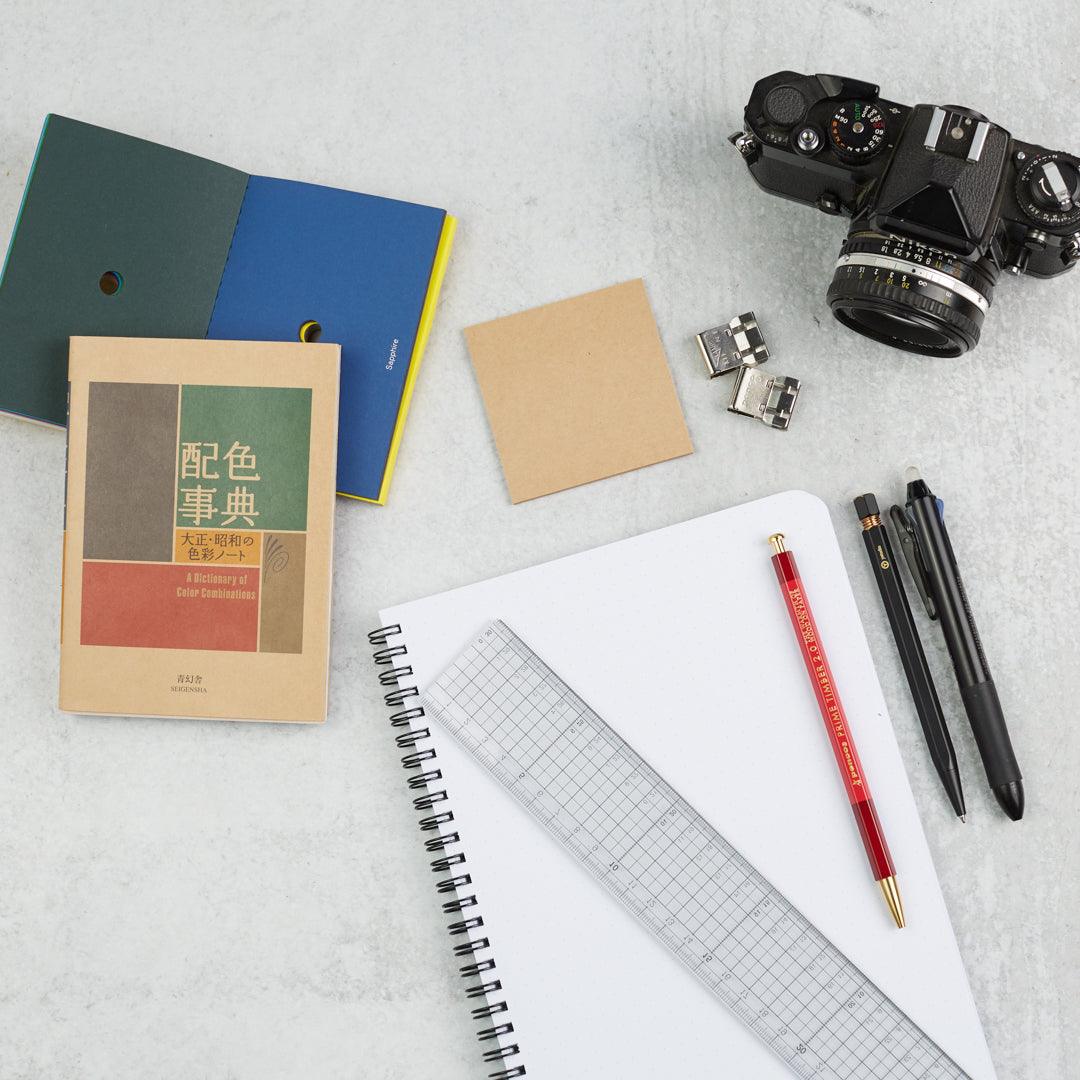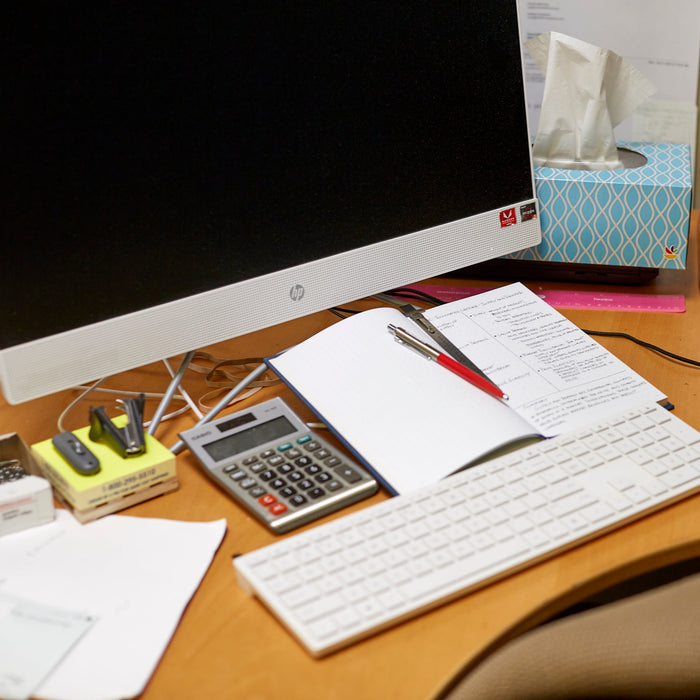People try to improve their memories in many ways, but most people don't try drawing. That might change; a group of neuroscientists from the University of Waterloo has found that drawing is a great tool to help retain information, especially for older adults.
How Drawing Improves Memory
First of all, if you have trouble remembering information and taking notes on your laptop or smartphone, go back to pen and paper instead. Previous studies, such as one from 2014 (journals.sagepub.com/doi/abs/10.1177/0956797614524581) in the journal Psychological Science, have found that writing longhand increases understanding and recall of information by activating different parts of the brain.
To remember information well, you have to flex your brain's muscles. Writing longhand slows people down and forces them to process and reframe information. With more parts of the brain working, more connections are created, making it easier to find that information again when needed.
Researchers at the University of Waterloo have expanded this idea in two studies. The first found that drawing words instead of writing them helped improve recall of those words (journals.sagepub.com/doi/10.1080/17470218.2015.1094494). The second showed that drawing has even more potential for helping older adults with memory because it creates connections to different parts of the brain that don't decline as quickly.
Researcher Myra Fernades says in a press statement that, "Drawing improves memory across a variety of tasks and populations, and the simplicity of the strategy means that it can be used in many settings" (eurekalert.org/pub_releases/2018-12/uow-dib120618.php). Drawing reshapes information in multiple ways, including "visual, spatial, verbal, semantic and motoric."
How to Improve Your Memory by Drawing
Some people might avoid drawing because they're unsure of their skills, but researchers also note that it doesn't matter if the graphics are good. It only matters that you're using more of your mind to process the information. Five simple ways to improve your memory by drawing include:
1. Doodling when taking notes. Whether in notes for meetings and lectures or in your schedule book, doodling in the margins will help you remember what exactly you meant by that scribbled note. When your brain sees the doddle, it will trigger your visual memory, allowing take you back to when you first drew it.
2. Add symbolic drawings for important information. If you need to remember to pick up frozen pizzas on your way home, drawing a cartoon pizza in your notes will help you remember even if you forget your shopping list. The symbols don't have to be perfect; they need to help your brain connect with the information you're taking in.
3. Add emotive doodles. What is your reaction to the information you're noting down? Maybe you're in a lecture, and you hate the lecturer's theory. Draw an angry face. Spending a second drawing an emotional expression will link the information to your memories of the moment.
4. Move around the page at will. Go where the information points you on the page. Use arrows to connect related ideas and doodles. Even if you don't like drawing much, simple measures, like drawing a frame around written bullet points with arrows to connected ideas, will clarify their relation to everything else on the page.
5. Use drawings as bookmarks. When creating long detailed notes, breaking up the words with pictures and headings will help guide you through your notes when you come back to them.
Drawing, whether you're good at it or not, is an effective way to retain information more completely. Add a few doodles or symbolic drawings when making essential notes, and it'll be much easier to remember when you need that information again.




Leave a comment